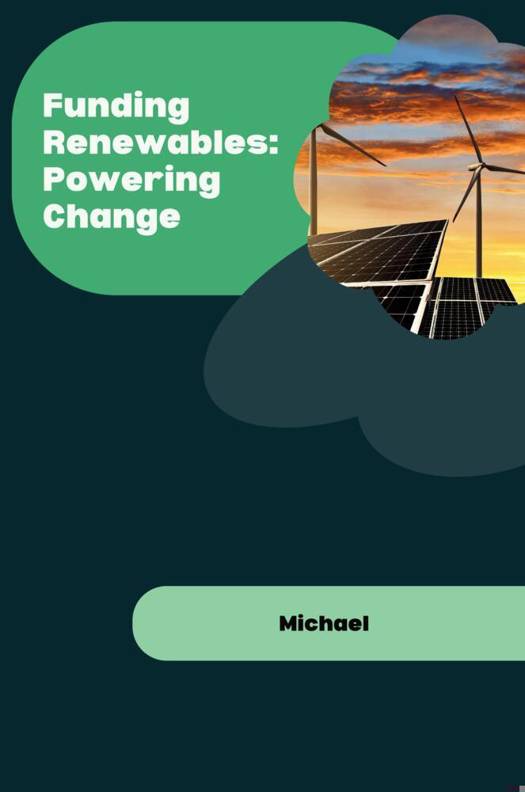
- Afhalen na 1 uur in een winkel met voorraad
- Gratis thuislevering in België vanaf € 30
- Ruim aanbod met 7 miljoen producten
- Afhalen na 1 uur in een winkel met voorraad
- Gratis thuislevering in België vanaf € 30
- Ruim aanbod met 7 miljoen producten
Zoeken
Omschrijving
The energy policy shaping space is influenced by the demands of sustainability goals, associated with the complexity of the socio-economic and biophysical systems. Rising fossil fuel prices, societal impacts of energy use and observed climate change make the exploration of renewable energy more important than ever (Kowalski et al., 2008). This paradigm shift, combined with the considerable amount of infrastructure and investment required for renewable energy, has led to an increasing presence of private and institutional investors including insurers, exposed to various risks. According to the US Energy Information Administration (EIA), world energy consumption will grow by 48% between the period 2012-2040 (US EIA, 2017: online). This trend is attributable to strong economic growth emerging from Non- Organisation for Economic Cooperation and Development (OECD) countries (US EIA, 2017: online), including South Africa. Working as an alternative to fossil fuels, renewable energy technologies will play an integral role in meeting the world's growing energy demand adding to the global energy mix (IRENA, 2016:14). Furthermore, the share of renewables in the global energy mix can be cost-effectively doubled by 2030 using existing technologies. Along with energy conservation practices, an overall improvement in the global energy profile can be achieved which would significantly reduce greenhouse gas emissions and put the world on track to limit global mean temperature rise to below 2° Celsius (IRENA, 2016:14). This level of renewable energy deployment means scaling up current investment in renewables to 500 billion US dollars (USD) per year by 2020. Global investment must then reach USD 900 billion each year up to 2030 (IRENA, 2016:14). Almost two-thirds of this investment would be in the power sector, but renewables for heat and transport also need to grow significantly. Developing markets with fast growing energy demand will require the largest increase in investment (IREN
Specificaties
Betrokkenen
- Auteur(s):
- Uitgeverij:
Inhoud
- Aantal bladzijden:
- 110
- Taal:
- Engels
Eigenschappen
- Productcode (EAN):
- 9783384225450
- Verschijningsdatum:
- 11/05/2024
- Uitvoering:
- Paperback
- Formaat:
- Trade paperback (VS)
- Afmetingen:
- 152 mm x 229 mm
- Gewicht:
- 172 g

Alleen bij Standaard Boekhandel
+ 54 punten op je klantenkaart van Standaard Boekhandel
Beoordelingen
We publiceren alleen reviews die voldoen aan de voorwaarden voor reviews. Bekijk onze voorwaarden voor reviews.








